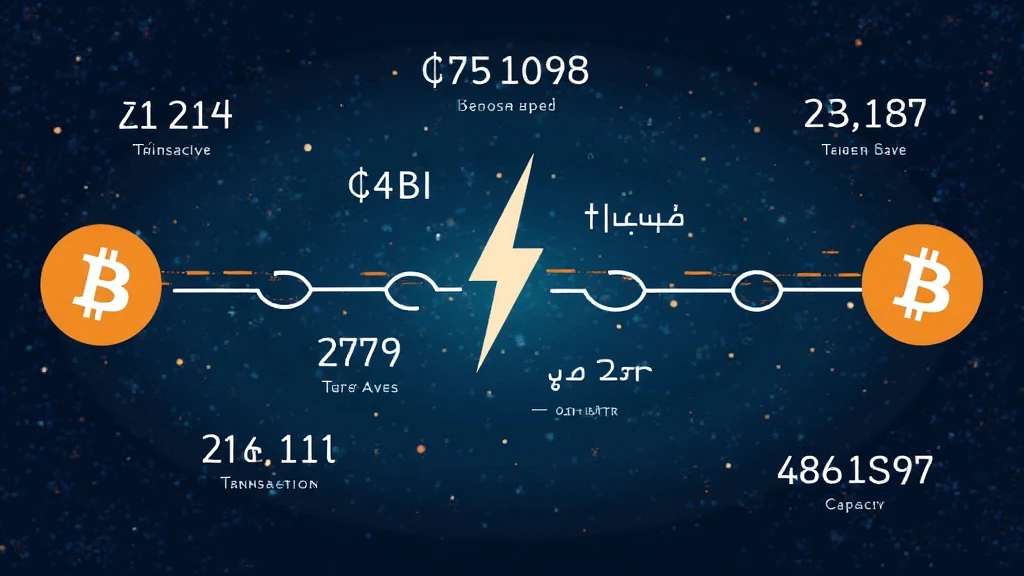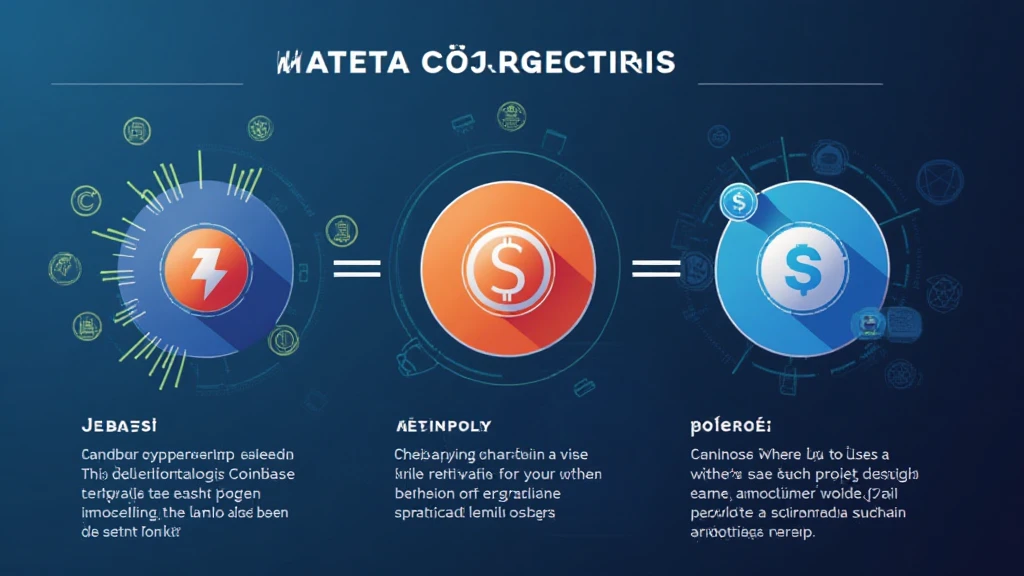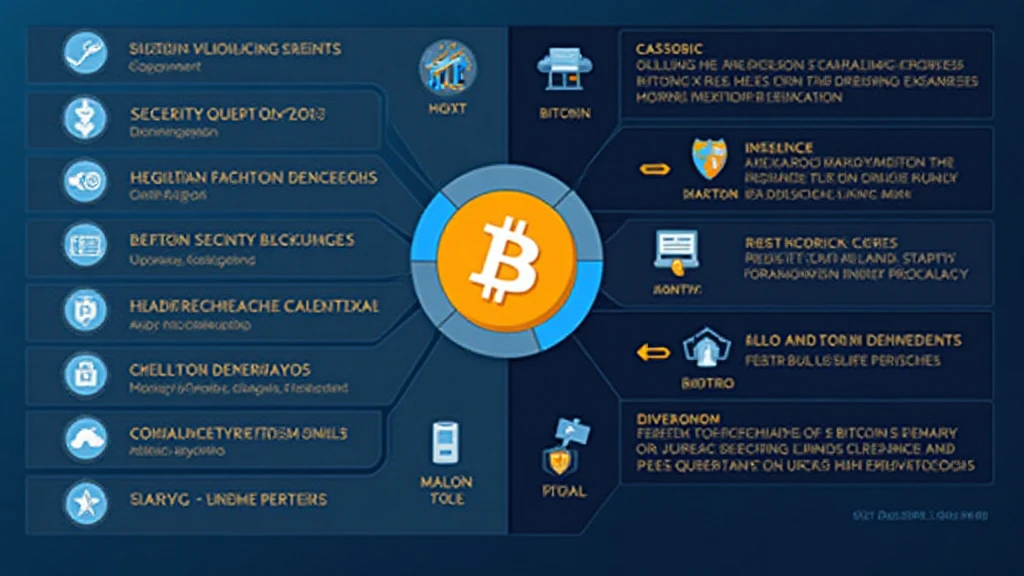Bitcoin Lightning Network Performance Metrics Explained
With over $4 billion lost to hacking incidents in 2024, it’s more crucial than ever to evaluate the efficiency and security of blockchain networks. Among these networks, the Bitcoin Lightning Network is gaining traction for its ability to scale Bitcoin transactions efficiently. But how do we truly measure its performance? This article dives deep into Bitcoin Lightning Network performance metrics, providing valuable insights for both seasoned investors and new users.
What is the Bitcoin Lightning Network?
Before analyzing the performance metrics, it’s essential to understand what the Bitcoin Lightning Network (LN) is. The LN is a second-layer solution designed to enable fast transactions on the Bitcoin network, which sometimes struggle with scalability issues. Think of it like a direct highway for Bitcoin transactions, bypassing the congested main road. The innovation promises to support millions of transactions per second while lowering fees and improving speed.
Key Performance Metrics of Bitcoin Lightning Network
When evaluating the Bitcoin Lightning Network, several performance metrics matter:

- Transaction Speed: The time it takes for a transaction to be confirmed.
- Transaction Fees: The cost associated with each transaction.
- Network Capacity: The total amount of Bitcoin that can be transacted via the LN.
- Channel Opens/Closes: Number of channels opened or closed during a specific time frame.
- Error Rates: Frequency of transaction failures or errors.
Let’s explore these metrics in detail.
1. Transaction Speed
How fast a transaction can be processed can define the user experience on the Bitcoin Lightning Network. With Bitcoin’s base layer averaging about 10 minutes per transaction, the LN aims for near-instant processing. Studies have shown that transactions can be completed in under two seconds in optimal conditions. This speed makes the Lightning Network suitable for everyday transactions, such as buying coffee, where timely confirmation is essential.
2. Transaction Fees
Another significant metric is the transaction fees charged by the Lightning Network. Lower fees are crucial for mass adoption; users are less likely to utilize the network if the cost remains high. Currently, fees average around 1-2% of the transaction value compared to traditional Bitcoin fees, which can vary widely.
3. Network Capacity
Your ability to send larger amounts through the LN largely depends on network capacity. Currently, the Bitcoin Lightning Network can handle approximately 4,000 BTC, but with growing adoption, this number is expected to rise significantly. The capacity is determined by the number of active payment channels and their liquidity.
4. Channel Opens/Closes
The number of channels opened or closed within a particular timeframe signals user engagement. Increased channel activity can indicate rising interest, while stagnant metrics might raise concerns about usability or network issues. Current statistics show a steady growth rate of approximately 20% year-on-year in channel openings.
5. Error Rates
Error rates reflect the reliability of the networks. A higher error rate can indicate problems with the system or poor user experience. Recent reports show that error rates on the LN average around 0.5%, making it fairly reliable but not without room for improvement.
Key Challenges for the Bitcoin Lightning Network
While the Bitcoin Lightning Network has promising metrics, it faces numerous challenges:
- Liquidity Issues: Users may find difficulty transacting larger sums if liquidity is limited.
- Centralization Concerns: A few large nodes often dominate the network, which risks the overall decentralization ethos of Bitcoin.
- User Awareness: Many potential users remain unaware of the benefits of the LN, hindering broader adoption.
Impact of Bitcoin Lightning Network on the Vietnamese Market
Vietnam has been a thriving hub for cryptocurrency, with a rapidly growing user base. The user growth rate in Vietnam stands at an impressive 300% year-on-year. As local businesses start to adopt LN, the infrastructure could significantly change how transactions are conducted, especially for small payments.
The integration of Bitcoin Lightning Network into local commerce could lead to cheaper, faster transactions for Vietnamese consumers. This, in turn, may encourage more vendors to accept cryptocurrencies, effectively enhancing the overall economy.
Future Outlook: Potential Upgrades and Developments
The Bitcoin Lightning Network is not static; it evolves with advancements in technology and protocol enhancements. Future upgrades could include:
- Improved Routing Algorithms: Making transaction paths more efficient.
- Integration with Other Cryptocurrencies: Allowing for a broader scope of payments.
- Better User Interfaces: Focusing on consumer and merchant education to drive adoption.
As technologies progress, the performance metrics of the Bitcoin Lightning Network will also improve, making it a compelling option for everyday transactions.
Conclusion
In summary, the performance metrics of Bitcoin Lightning Network, such as transaction speed, fees, network capacity, and error rates, reflect a dynamic and evolving ecosystem. The potential for greater adoption in markets like Vietnam indicates there’s much more ahead for LN. Keeping an eye on these performance metrics is vital for future investors and users alike.
At cryptocoinnewstoday, we remain committed to keeping you informed about breakthrough technologies in the cryptocurrency space. Stay tuned for updates on the Bitcoin Lightning Network and other exciting developments in the blockchain world.
Author: Dr. Alex Nguyen, a blockchain consultant, and advocate with over 15 published papers on blockchain technology and its applications in various fields.





